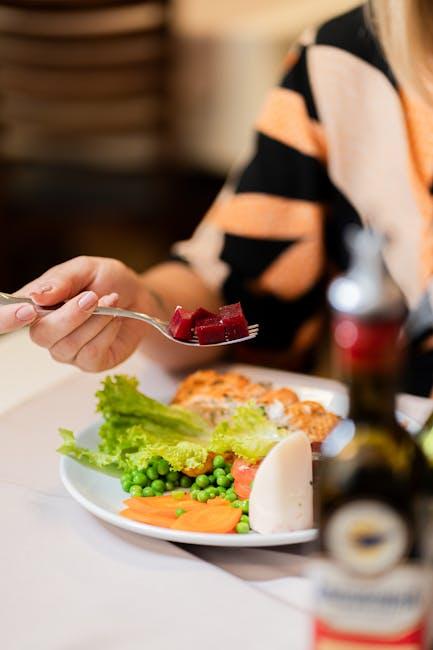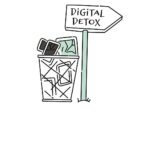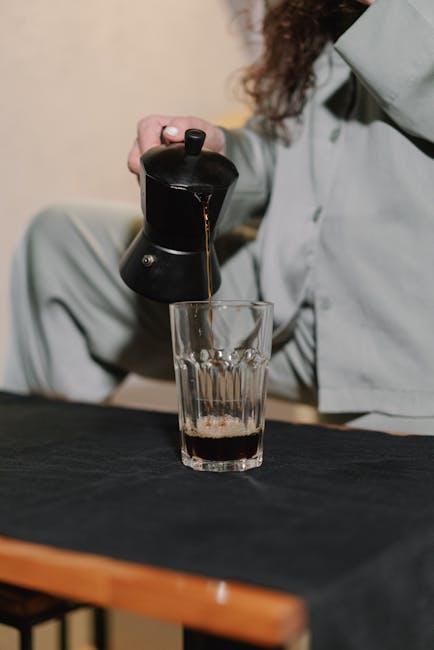In the rhythm of modern life, where schedules often overwhelm and seconds slip through our fingers, there is a subtle yet profound way to find balance: letting meals dictate your daily pace. Rather than racing from one task to another, anchored only by deadlines and to-do lists, what if the natural cadence of eating-breakfast, lunch, dinner-became the gentle metronome that sets your day’s tempo? This approach invites us to slow down, savor moments, and align our actions with something as fundamental and universal as nourishing the body. In exploring this simple yet transformative idea, we discover how meals can serve not just as sustenance but as intentional pauses that shape the flow of our time, offering structure, mindfulness, and a deeper connection to the everyday.
Finding Rhythm in Nourishment Times

When meals become the natural markers of your day, you start noticing a beautiful, inherent rhythm guiding your actions. This rhythm isn’t just about hunger; it’s a subtle pulse that anchors productivity, rest, and creativity. Aligning your tasks around nourishment moments can transform how you experience time, making transitions seamless and moments purposeful. Each meal turns into a mini-celebration, grounding you and offering a pause to recharge both body and mind.
Consider these key benefits of syncing your daily flow with meal times:
- Increased mindfulness: Paying attention to when and what you eat encourages a more conscious, present approach to life.
- Natural breaks: Structured pauses reduce burnout and maintain energy levels throughout the day.
- Enhanced digestion: Walking away from work and distractions allows your body to focus fully on nourishment.
| Meal | Ideal Activity | Benefit |
|---|---|---|
| Breakfast | Light planning, gentle waking tasks | Smooth start, mental clarity |
| Lunch | Social interaction, quick walk | Energy boost, mood lift |
| Dinner | Reflection, unwinding routines | Relaxation, restorative sleep prep |
Aligning Tasks with Energy Peaks and Valleys

Understanding how your energy flows throughout the day can transform your productivity, especially when meals are the natural checkpoints of your rhythm. By tuning into these moments, you can harness bursts of energy right after breakfast or lunch to tackle demanding tasks like brainstorming, problem-solving, or creative work. Conversely, scheduling routine or less intensive duties during the natural dips-often mid-afternoon or just before dinner-prevents burnout and respects your body’s signals.
Consider this simple structure to align tasks with energy highs and lows:
- Morning Peak: Dive into complex projects, deep-focus work, or critical decision-making shortly after a wholesome breakfast.
- Midday Recharge: Use lunch as a pause to reset-light meetings or reviewing materials work well here.
- Afternoon Slump: Reserve easier, repetitive tasks or creative brainstorming during this lull when energy wanes.
- Evening Wind-Down: Reflect, plan next steps, or engage in relaxation and light activity post-dinner.
| Meal | Recommended Task Type | Energy Level |
|---|---|---|
| Breakfast | High-focus, creative work | Peak |
| Lunch | Light collaboration, review | Moderate |
| Afternoon Snack | Routine or brainstorming | Valley |
| Dinner | Planning, relaxation | Low |
Crafting Meals as Natural Time Markers

Meals can serve as natural anchors in the flow of your day, providing more than just nourishment-they create rhythm and structure. By allowing yourself to pause and tune into your body’s needs when mealtime comes around, you invite intentional breaks that help organize your hours without the rigidity of a clock. These moments become automatic transition points, signaling a shift from work to rest or from one mindset to another. Embracing food as these gentle time markers transforms eating into a mindful ritual rather than a rushed task.
To make the most of this approach, consider these practices:
- Designate distinct meals with unique flavors or settings to set them apart as special moments.
- Sync your activities around mealtimes-plan creative work or relaxation before or after eating for seamless energy flow.
- Journal brief reflections during or after meals to mentally bookmark your day’s progress.
| Meal | Ideal Time Marker | Suggested Mood |
|---|---|---|
| Breakfast | Start of productivity | Energized & hopeful |
| Lunch | Midpoint reset | Focused yet relaxed |
| Dinner | Evening wind-down | Calm & reflective |
Practical Tips for Harmonizing Work and Meal Breaks

Aligning your workflow with natural meal times can transform your productivity and well-being. Begin by treating meal breaks as anchors that segment your day into focused intervals. Instead of working continuously until hunger strikes, schedule your tasks in smaller, manageable chunks that lead up to these eating moments. This approach not only offers regular physical rest but also mental clarity, as your brain gets brief periods to reset and digest both food and ideas.
To make the most of this rhythm, consider these practical strategies:
- Prioritize tasks: Allocate demanding projects to morning hours when mental energy peaks.
- Use meal prep as mindfulness time: Engage fully in cooking or preparing food to detach from work stress.
- Set alarms: Create reminders for meal breaks to reinforce balanced pacing.
- Hydrate consciously: Incorporate drink breaks along with meals to stay refreshed.
| Time of Day | Focus Level | Recommended Activity |
|---|---|---|
| 8:00 AM – 10:00 AM | High | Complex tasks, brainstorming |
| 12:00 PM – 12:30 PM | Rest | Lunch and mindfulness |
| 2:00 PM – 4:00 PM | Moderate | Routine tasks, emails |
| 6:00 PM – 6:30 PM | Rest | Dinner and relaxation |
To Conclude
In the dance of our daily lives, allowing meals to set the rhythm invites a natural flow-a gentle reminder to pause, nourish, and reconnect. By letting the simple act of eating guide our pace, we create pockets of presence amid the rush, turning routine into an intentional practice. Embracing this mindful cadence not only feeds the body but also cultivates a balanced harmony between action and rest, ultimately enriching the tapestry of our everyday experience.











